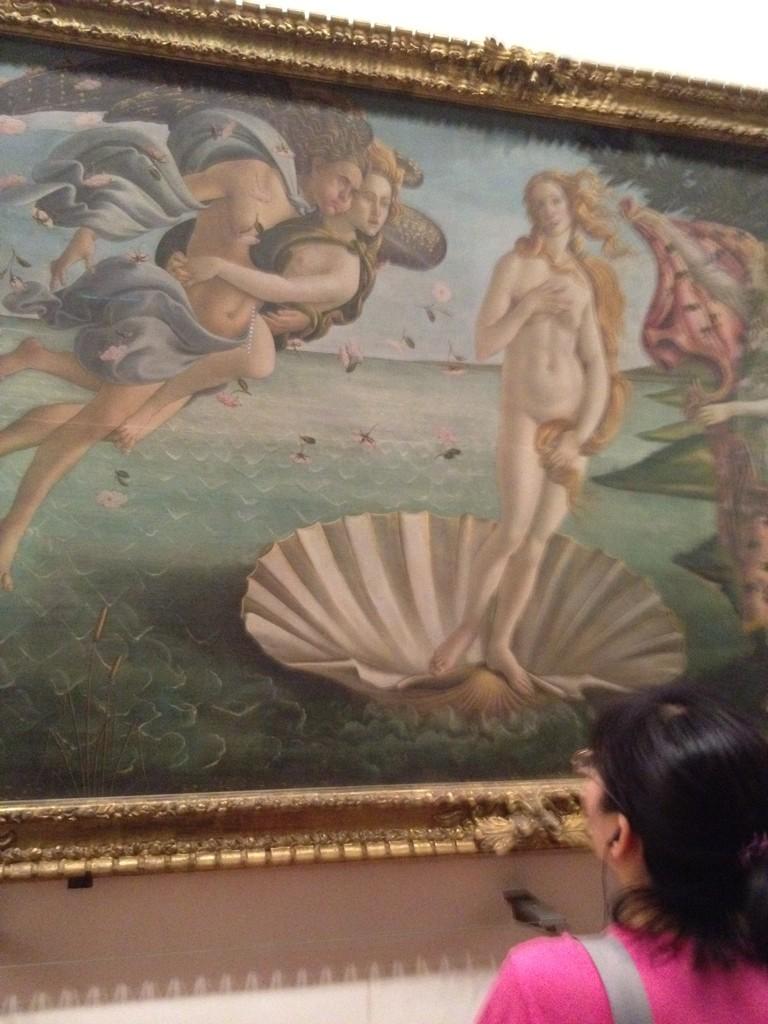 |
| Caravaggio's Calling of Saint Matthew, San Luigi dei Francesi, Rome Picture taken by Cava H. |
Caravaggio
(Michelangelo Merisi) received commissions from Cardinal Francesco
Del Monte to create paintings honoring Saint Matthew for the
Contrarelli chapel in the church of San Luigi dei Francesi in Rome.
In The Calling of Saint Matthew, the setting is a tavern, a
commonplace setting typical of Caravaggio's paintings. In the scene,
Christ emerges from the darkness on the right. He summons Levi, the
Roman tax collector, and Levi's face is highlighted by a beam of
light emanating from an unspecified source (raking light)
outside the picture. Christ's hand gesture is similar to the hand
gesture in Michelangelo's Creation of Adam in the Sistine
Chapel. Caravaggio showed naturalism in his paintings by portraying
unidealized figures set in harsh and realistic settings. The stark
contrast of light and dark was a unique feature of Caravaggio's
painting style. He manipulated light to heighten the emotional
impact in his paintings. Caravaggio's painting style influenced many
artists throughout Europe.





















